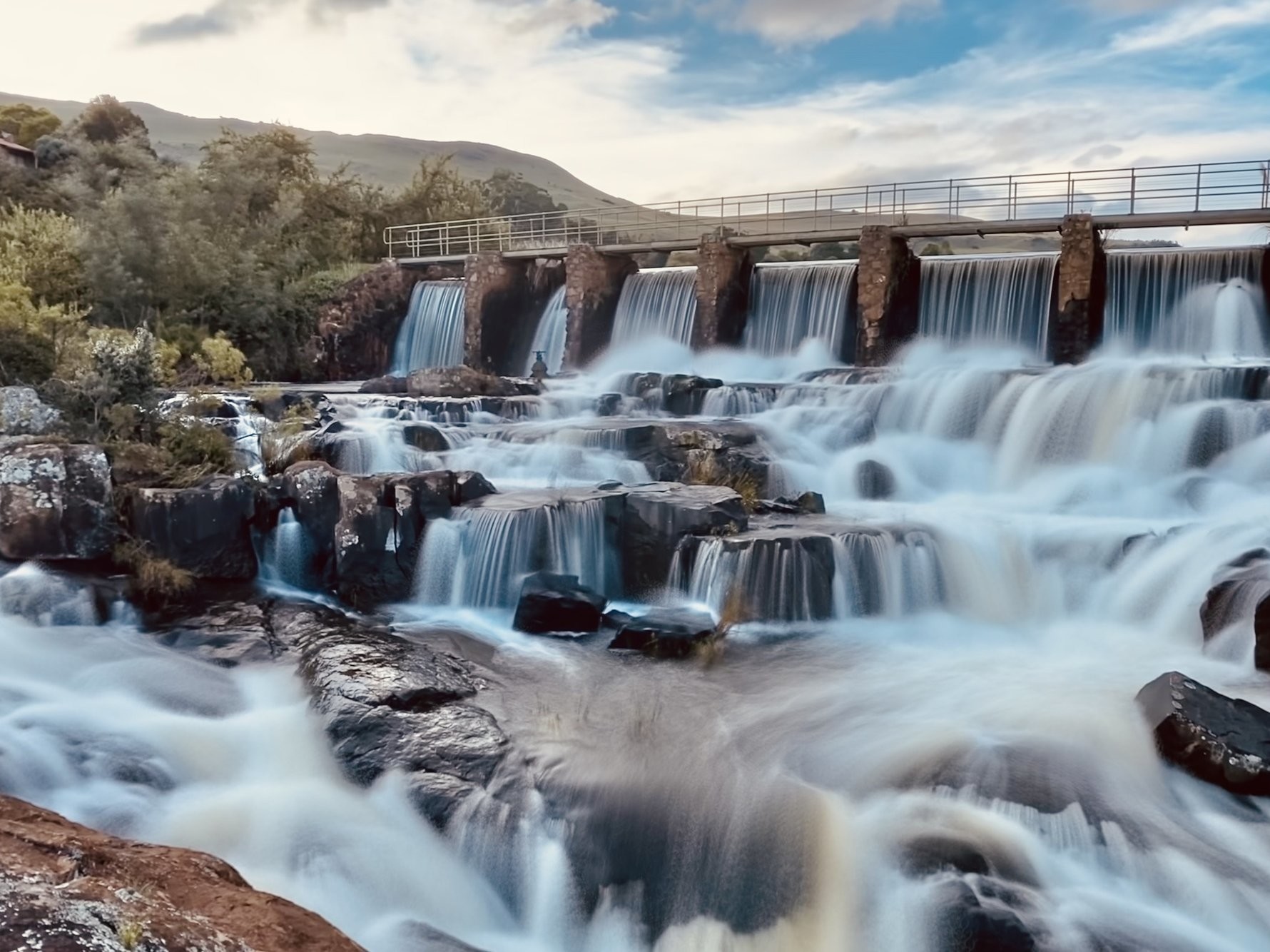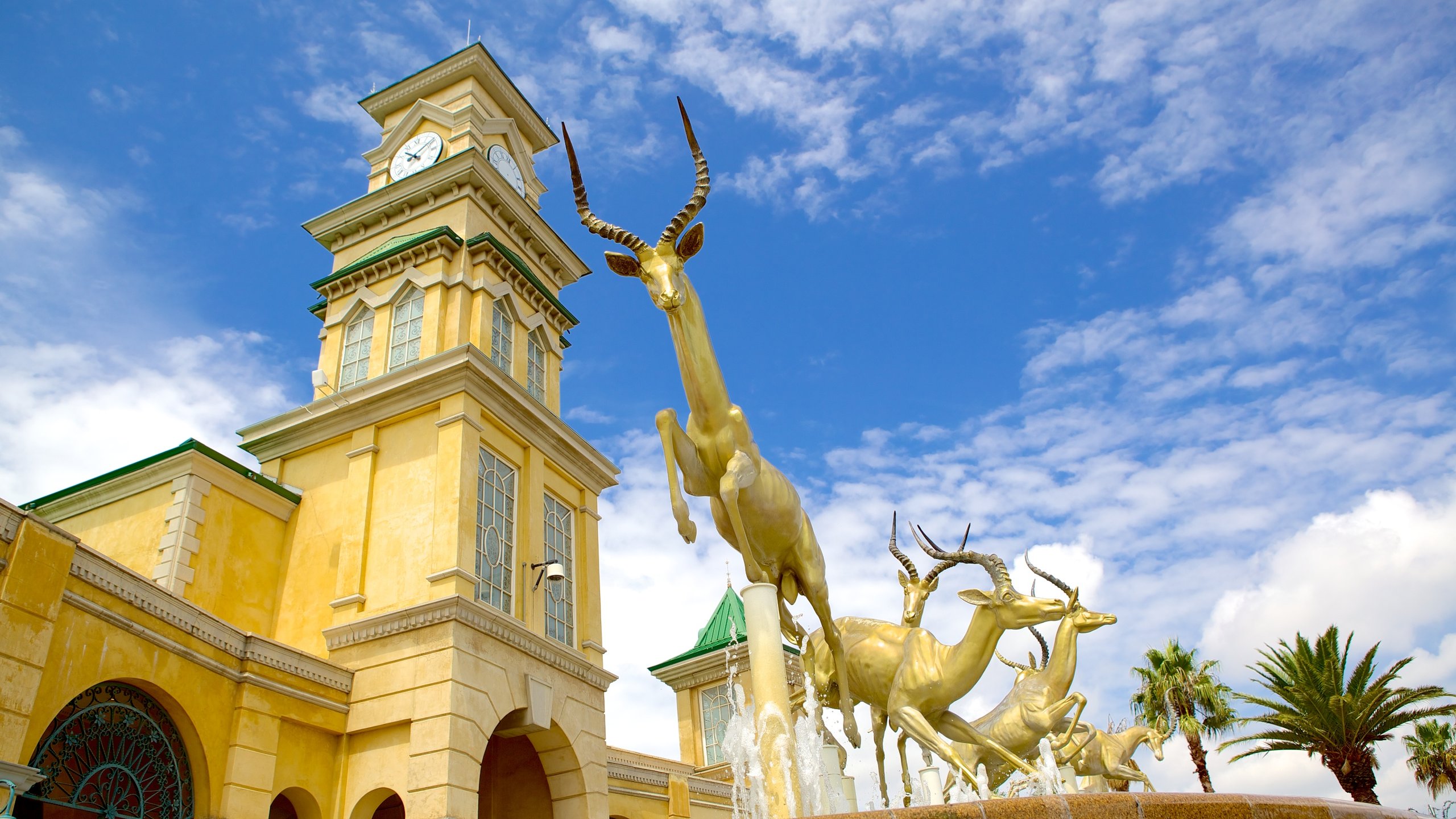Johannesburg North Attractions Fundamentals Explained
Johannesburg North Attractions Fundamentals Explained
Blog Article
The 10-Minute Rule for Johannesburg North Attractions
Table of ContentsAll About Johannesburg North AttractionsThe Ultimate Guide To Johannesburg North AttractionsGetting The Johannesburg North Attractions To WorkThe Buzz on Johannesburg North AttractionsGetting My Johannesburg North Attractions To WorkHow Johannesburg North Attractions can Save You Time, Stress, and Money.
The city owes its area to the existence of an also more valuable resource: gold. The city grew on the side of the Witwatersrand Key Coral reef, a subterranean stratum of gold-bearing quartz-silica conglomerate that arcs for numerous miles beneath the Highveld. A lot of the gold mines in the city stopped operation in the 1970s, however in its day the Witwatersrand gold industry made up even more than 40 percent of the globe's annual gold production.Johannesburg has a pleasant environment. Summertime temperature levels average about 75 F (24 C); winter temperature levels balance concerning 55 F (13 C) and only sometimes dip listed below cold. The city takes pleasure in concerning eight hours of sunlight each day in both winter season and summer season. Rain standards about 28 inches (700 millimetres) per annum, yet the complete varies substantially from year to year.
What rainfall the city receives falls virtually exclusively in the summertime, often in incredible late-afternoon electric tornados. Air pollution poses a substantial problem, particularly in the winter season months, when thermal inversions hinder the westward flow of air from the Indian Sea. Pollution is most serious in the largely settled Black territories on the city's perimeter, where numerous homeowners still count on coal for gas.

An Unbiased View of Johannesburg North Attractions
The equilibrium of the city is inhabited by whites. Lodging differs in personality and high quality. Soweto is well-known for its unlimited rows of municipally developed, two-room matchbox homes, yet it also has a few prosperous enclaves in addition to teeming squatter camps, where tens of thousands live without water, power, or sanitation centers.
Physical growth, although rather limited by transportation, continued promptly as immigration to South Africa, and Johannesburg specifically, enhanced considerably. This problem was addressed in the 1930s when the car was presented in mass production to South Africa. Vehicles were, for the many component, restricted to the wealthy, and allowed them to transfer to the north of the city and commute right into the centre.
A lot of poor residential areas were mixed, with poor blacks and whites living together, although the wealthy residential areas were generally booked for whites. This changed with the political election of the National Celebration in the 1948 political elections, who began to formalise the system called apartheid. Discrimination officially designated which suburban areas each race could reside in under the Team Areas Act.
The previous system of eleven numbered areas was reorganised in 2006. Marshalltown, as seen from the top of the Carlton Centre. The M1 and M2 run behind the buildings, and the southerly residential areas prolong past the highway border. The central city of Johannesburg is situated within the city's Area F. The number of individuals living in the internal city on a casual basis is unidentified, as many are prohibited immigrants. The joblessness, education and learning, and age accounts of the location are all unidentified, due to the trouble of obtaining trustworthy info about the location.
The Facts About Johannesburg North Attractions Revealed
Centred on the CBD, the region consists of the residential areas of Yeoville, Bellevue, Troyeville, Jeppestown, and Berea to the east. To the west it spreads to Pageview (Johannesburg North attractions) and Fordsburg. There are small industrial parks to the south, such as City West-Denver and Benrose. Around 800,000 travelers travel through the inner city daily, and it works as a local shopping node for visitors from the southern residential areas. Yeoville and Bellevue have a mix my latest blog post of home structures and solitary domestic devices on tiny great deals. The area is situated on a mountainous divide that runs from eastern to west.

Johannesburg Stadium, a training ground for both the Golden Lions and Orlando Pirates, is adjacent. The eastern suburban areas of Johannesburg lie in the city's 7th [] and 9th [] areas. The location is likewise functionally incorporated with East Rand border towns outside of visit the official boundary of Johannesburg, such as Bedfordview and Edenvale (both component of Ekurhuleni Metropolitan Municipality).
Johannesburg North Attractions for Dummies
R. Tambo International Flight Terminal). The eastern suburban areas are a few of the oldest areas of Johannesburg, there are huge neighborhoods of Jewish and various other European backgrounds, most of the population is English speaking. There are three fairway as well as a number of safeguarded ridges with viewsites. There are a number of well-developed and up-market home entertainment and purchasing locations in the east such as the Eastgate Mall and the Greenstone purchasing centre.
Initially built to house male see here migrant workers, several have actually been enhanced as residences for pairs and family members. The suburb was not historically enabled to create employment centres within the area, so almost all of its citizens are travelers to various other parts of the city.
Getting The Johannesburg North Attractions To Work
The N1 Western Bypass connects the north suburbs with the north-western suburban areas. The household areas in the north suburbs are generally formal, with no significant areas of casual housing, or housing that lacks a long-term structure. Although this is a well-known area, there is a trend of land use adjustment from household to business, particularly along main arterial roadways and around established nodes.
Roadways to the east and west are less well created, as there are no freeways taking a trip in that instructions. Towards the northern border of the city, the thickness of growth reduces, leaving huge locations of untaught land around Midrand.
Get This Report about Johannesburg North Attractions
The first residential area to the north of the central city is Parktown, which lies on a hillside overlooking the central city and Hillbrow. It has many well-off residents and Edwardian-design manors, in addition to the Education and learning and Medical schools of the College of the Witwatersrand. The large concrete Charlotte Maxeke Johannesburg Academic Health Center dominates the skyline of Parktown.
Report this page